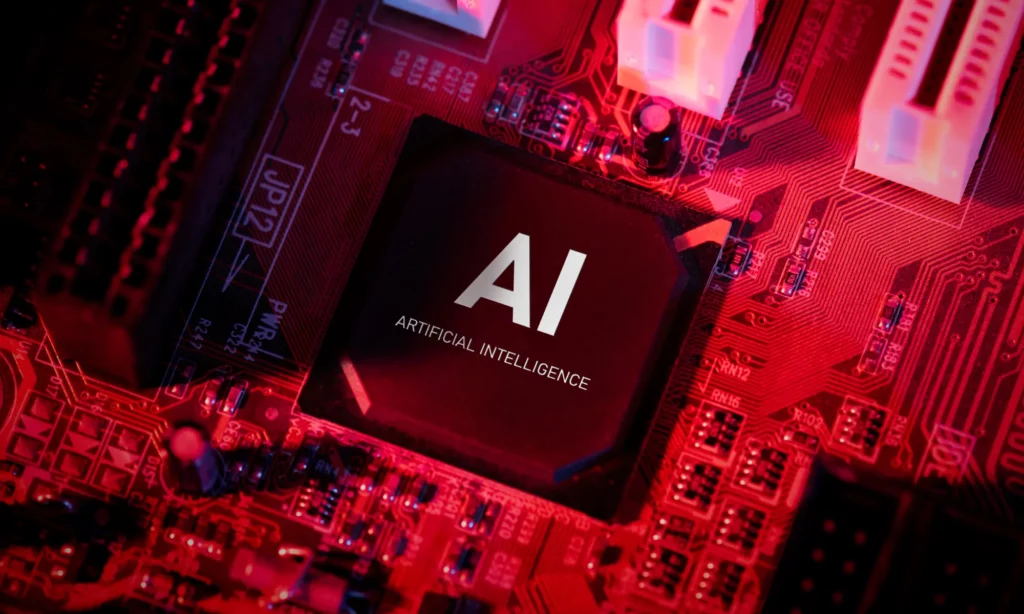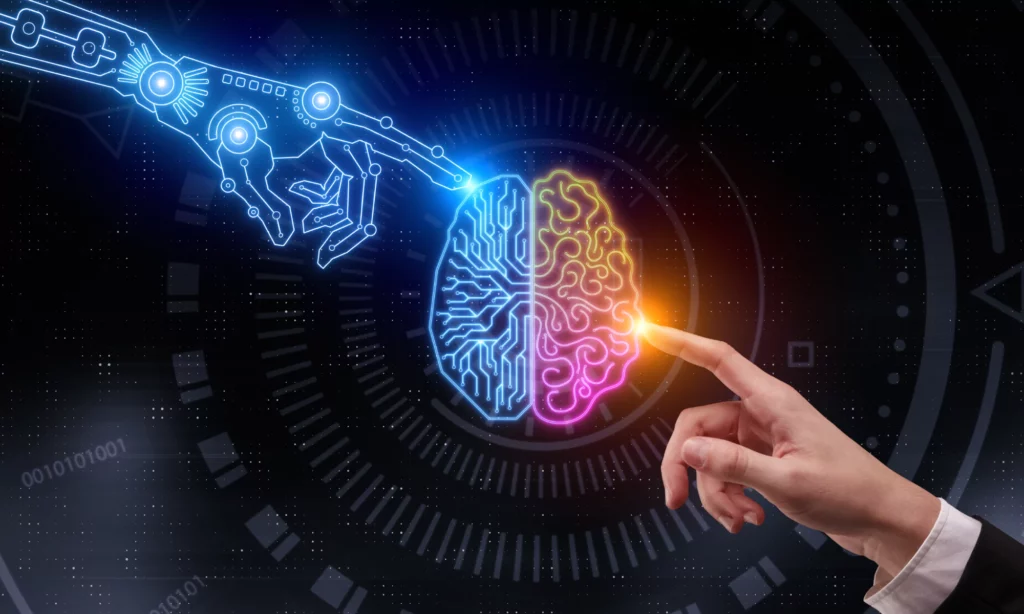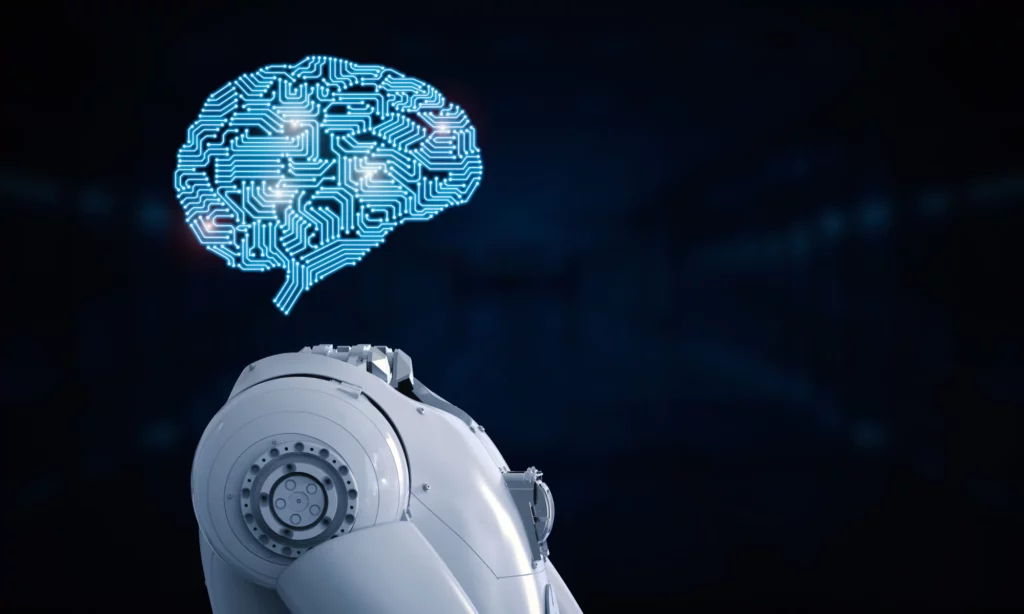When learning about AI agents, we often hear the term orchestration. This concept is gaining growing popularity along with the booming of agentic AI systems. But what does it exactly mean? Which benefits and challenges does it offer your business? Is it true to say AI agent orchestration is the next wave of agentic AI systems? We’ll help you discover all these questions in today’s article!
What is AI Agent Orchestration?
We all know AI agents are specialized entities that autonomously perform certain tasks, like billing or customer service. However, in reality, many business tasks and human requests are so complex that an individual AI agent can’t solve them individually.

Suppose an HR employee wants an AI agent to “evaluate these 100 job applications and filter the top 10 for interview.” A single agent hardly handles this request. Instead, the request must involve various agents, like a Resume Parser Agent (retrieving structured data from resumes), a Skill-Matching Agent (comparing skills with job requirements), and an Interview Scheduling Agent (scheduling interviews with shortlisted candidates). In this case, the coordination and management of these specialized AI agents is often known as AI agent orchestration.
4 Types of AI Agent Orchestration
There are many different ways to coordinate and monitor how various AI agents cooperate to complete complex tasks. Depending on your system’s goals, limitations (e.g., privacy), or scale, you’ll choose different orchestration styles to achieve the best results. Now let’s discover them all!
Centralized Orchestration
This requires an orchestrator – which can be either a central AI agent or orchestration framework (like LangChain, Autogen, or CrewAI) – to control multiple AI agents. It functions like a “digital manager” who offers the tools and rules, assigns tasks, and ensures everything goes on the right track to achieve shared objectives. This structured approach helps monitor AI agents more easily and bring predictable outcomes. However, if a single point of failure happens, it may bring the whole system down.
Example: In customer service automation, a single orchestrator may delegate tickets to various AI agents. Accordingly, one takes on summarizing past interactions, another analyzes customer sentiment, and the other creates custom replies. The orchestrator ensures they complete tasks consistently and finalizes the result before autonomously delivering the responses to customers.
Decentralized Orchestration
Think of this kind of orchestration like a self-governing or leaderless team. In the absence of a central orchestrator, AI agents will directly interact with each other and decide actions on their own, or sometimes reach a group consensus through voting, negotiation, or the pursuit of common goals. This technique enables your system to be very scalable and fault-tolerant, but exposes you to potential inconsistency.
Example: In smart logistics, delivery drones evaluate live traffic or weather data and autonomously optimize delivery sequences and flight routes. They can adapt to environmental changes without the need for a central controller to tell them what to do.
Hierarchical Orchestration
In this orchestration model, AI agents will perform in a tiered structure. It means top-level orchestration agents will assign strategies and supervise lower-level agents, which take on specific actions. These lower-level agents can delegate further or complete tasks themselves within their scope. Unlike centralized orchestration, this model provides agents with different roles and autonomy levels – all depending on their position in the hierarchy. This enables a balance between some strategic control at the top with specialization and autonomy at the lower levels.
Example: In a factory, higher-level agents act like plant supervisors who manage the entire manufacturing process. Mid-level agents oversee and coordinate workflows within different departments (e.g., assembly, QA, packaging). Meanwhile, lower-level agents operate robots or machinery by receiving specific instructions from mid-level agents and take accurate actions (e.g., performing a quality check).
Federated Orchestration
The last model allows multiple AI agents from different organizations to collaborate without completely exposing the raw data. Rather than being reliant on a single orchestrator, these components can cooperate toward common goals using secure APIs and common protocols. This model is useful for regulated industries like healthcare or finance that need stringent data privacy.
Example: Healthcare facilities can utilize their own AI agents to monitor patients remotely or support diagnosis. Through federated orchestration, these AI systems can work together to analyze disease patterns without the need to fully share patient data.
How to Set Up and Run AI Agent Orchestration in Practice
AI agent orchestration is a collaborative process involving both humans and advanced technologies to help AI agents collaborate seamlessly. Its goal is to automatically handle complex workflows more efficiently. Now, let’s look at how your team can set up, operate, and manage AI agent orchestration with the following three stages.

Human Involvement
Before anything gets built, human experts need to get involved to identify the necessity of AI agent orchestration for their organization’s business workflows, choose the right AI agents, and implement the setup.
Step 1: Evaluate business needs and plan orchestration
First, your organization needs to determine whether AI agent orchestration is necessary for improved processes by asking the following questions:
- Which functions can AI agents help with (e.g., customer service or procurement)?
- What tasks are too complex for a single AI agent to handle?
- Which business results do you want to achieve with AI agent orchestration?
Answering these questions, your company can determine workflows that benefit the most from agent cooperation. Then, you can clarify goals for orchestration, as well as identify which systems will be connected and which tasks will be completed by the agents.
Step 2: Choose specialized AI agents
Next, AI engineers are responsible for selecting specific AI agents for different roles and tasks, like language processing, data analysis, or customer support. These agents may leverage tools like machine learning models, LLMs (e.g., ChatGPT), or generative AI to power their functions.
Step 3: Orchestrate AI agents using frameworks
Once the AI agents are selected, system architects will choose an orchestration framework (e.g., LangChain, IBM watsonx Orchestrate, or Autogen) to connect them into a central system. This framework acts as the brain that delegates tasks, coordinates execution, and monitors collaboration. The architects also identify which tasks happen when and establish APIs that let the agents access data and tools.
Orchestrator Involvement
Everything is configured now, and the orchestrator will take over coordinating and monitoring multiple AI agents in real time.
Step 1: Choose agents and assign tasks
To implement a complex workflow, the orchestrator first dynamically selects the best agents for specific tasks. It also balances workloads between the agents, adapts based on real-time data, or follows predefined rules to ensure they work the best.
Step 2: Coordinate and execute workflows
The orchestrator monitors collaboration between AI agents to ensure that tasks will be executed in order and as planned. Accordingly, it’ll break complex workflows into smaller, manageable tasks, delegate each task to the most capable agent, track interdependencies, and access necessary data from external systems through APIs.
Step 3: Share data and manage context
The orchestrator ensures the AI agents will work consistently to avoid confusion and redundant work. In particular, it’ll enable the agents to continuously share data to maintain a shared memory or knowledge base, as well as to stay updated with real-time context. For example, if the refund status changes mid-process, all relevant agents are instantly updated to avoid acting on outdated information.
Human-Orchestrator Collaboration
The final phase involves the continuous collaboration between the orchestrator and humans to ensure the continuous efficiency of AI agents and achieve the best business outcomes. Accordingly, the orchestrator continuously tracks agent performance, spots inefficiencies, and autonomously adjusts workflows when needed. Meanwhile, humans get involved in updating orchestration logic, retraining AI models, or refining business rules to make the system improve over time.
Why does AI Agent Orchestration Matter?

AI agent orchestration brings various transformative benefits to businesses across industries. These advantages include:
1. It handles complex, multi-step workflows. Many real-world tasks, such as customer service, are too complex for a single AI agent. Just like human teams, orchestrated AI agents can work on multiple pieces of a task at once. In the case of an eCommerce application, for instance, one agent is responsible for inventory tracking, another tracks order fulfillment, while the other answers customer queries. When they are orchestrated, they can work together and create the most business value.
2. It increases efficiency and speed. By delegating the right task to the right agent, the orchestrator helps your business avoid inefficiencies and failures. Accordingly, tasks can be implemented in parallel, reducing time and enhancing performance.
3. It strengthens specialization. Each AI agent is equipped with a specific skill (e.g., forecasting or automation). Orchestration systems gather all those specialized skills into a unified system to perform complex workflows more effectively.
4. It enhances scalability and adaptability. By adding and removing AI agents as needed, the orchestrator can easily manage how AI agents work together when your business needs change. This modular setup allows the system to evolve without the need to rebuild everything from scratch.
5. It reduces human workload. Orchestration systems automatically coordinate and manage multiple AI functions. So, human experts can focus on strategy or supervision instead of micro-managing AI behavior.
Which Challenges May Occur, and How to Resolve?

While AI agent orchestration brings significant benefits to your business, it also presents organizational and technical issues. Take a look at what these challenges are and how to resolve them:
1. Common model dependency between AI agents
When AI agents collaborate, they often depend on or learn from the same base model, like GPT or BERT. If that foundation model has an error, that error will spread across all the agents. This can make the entire system more vulnerable to attacks.
To avoid this problem, your business needs robust data governance to control how data is collected, processed, and used to train the model. Further, you also have to implement rigorous training and testing processes to identify any problems before deployment.
2. Inter-agent communication issues
Imagine AI agents as human team members. These “digital” members need to talk to each other to achieve the shared objectives, but what if they don’t communicate well? They might miss important steps and information, block each other, or even duplicate their tasks. Without clear communication, the whole system will become inefficient and even chaotic.
That’s why, to ensure the smooth coordination and communication between AI agents, your business should establish clear protocols (communication rules), standard APIs (to let agents fetch or send data reliably), and message-parsing systems to ensure all relevant agents stay on the same page.
3. Scalability problems
We already mentioned that AI agent orchestration can improve scalability. But on the other hand, it also brings some scalability problems. When more AI agents are added, maintaining system performance becomes more challenging accordingly. Without a well-designed orchestration system, your system struggles to deal with increased workloads and consequently becomes inefficient.
In this case, you should use decentralized or hierarchical orchestration models to let agents make decisions on their own or within groups. This helps avoid delays and system failures.
4. Risk of fault
Nothing ensures that single AI agents or orchestration systems will always work seamlessly all the time. When they fail and can’t recover on their own, human experts need to interfere and resolve everything, which, however, slows down business workflows.
To address this challenge, you need to adopt resilience strategies. In particular, orchestration systems should be built on top of self-healing architecture to identify and fix issues without human help. Meanwhile, failover mechanisms offer you backup plans to take over the task that a failing agent is responsible for. You can also adopt redundancy strategies, which means using many AI agents to do the same tasks simultaneously. If one fails, others can continue to work without delays.
5. Data issues
AI agents often access and process sensitive data (e.g., personal information, financial records, or company confidential). This data can be misused or stolen if not protected thoroughly.
Therefore, your company needs to adopt robust cybersecurity measures. For example, encryption protocols secure data at rest and in transit, while stringent access controls enable only the right AI agents to see the data. Further, federated learning allows agents to learn from data without directly accessing it. This keeps the raw data private and secure.
Looking Forward to the Future of Agent Orchestration

Organizations and businesses worldwide are adopting AI capabilities, including generative AI and agentic AI, to enhance operational efficiency and productivity. When AI agents become increasingly smarter and more capable of working together on complex tasks, we’ll witness the rise of AI agent orchestration as a “new normal.”
AI orchestrators will coordinate and govern multiple AI agents that leverage specific expertise to perform functions. Vyoma Gajjar – a former AI Technical Solutions Architect at IBM – believed that AI orchestrators can become the backbone of enterprise AI systems in 2025. However, she advises businesses against adopting AI agent orchestration too fast unless they ensure it’s safe and well-managed. Further, when AI agents thrive and get adopted on a large scale, we need robust compliance frameworks to ensure everything works properly and responsibly.
Chris Hay, a Distinguished Engineer at IBM, also shared an interesting prediction about the future of AI agents. Accordingly, the rise of AI agent orchestration isn’t permanent. Instead, we’ll witness a back-and-forth evolution between orchestration systems and single-agent workflows. When individual agents become more capable, companies are likely to expect a single agent that does everything end-to-end.
Final Thoughts
AI agent orchestration is emerging as a necessity in various businesses across sectors. The orchestration itself gives your business both potential benefits and unexpected challenges. But orchestration isn’t always the right solution for every business function. You need to clarify which workflows AI agent orchestration can help the most and bring what degree of ROI. This allows you to devise the best AI strategy to receive the best outcomes from it.
Do you want to integrate AI agents into a specific functional area for improved operational efficiency? Let Designveloper help you realize this idea. As one of the leaders in software and AI development in Vietnam, we have extensive technical expertise and hands-on experience in building custom AI solutions and integrating advanced AI technologies seamlessly into your existing infrastructure. We also have deep domain-specific knowledge across human resources, financial, and technology. Contact our sales rep now to receive a free estimation and discuss your idea further!


